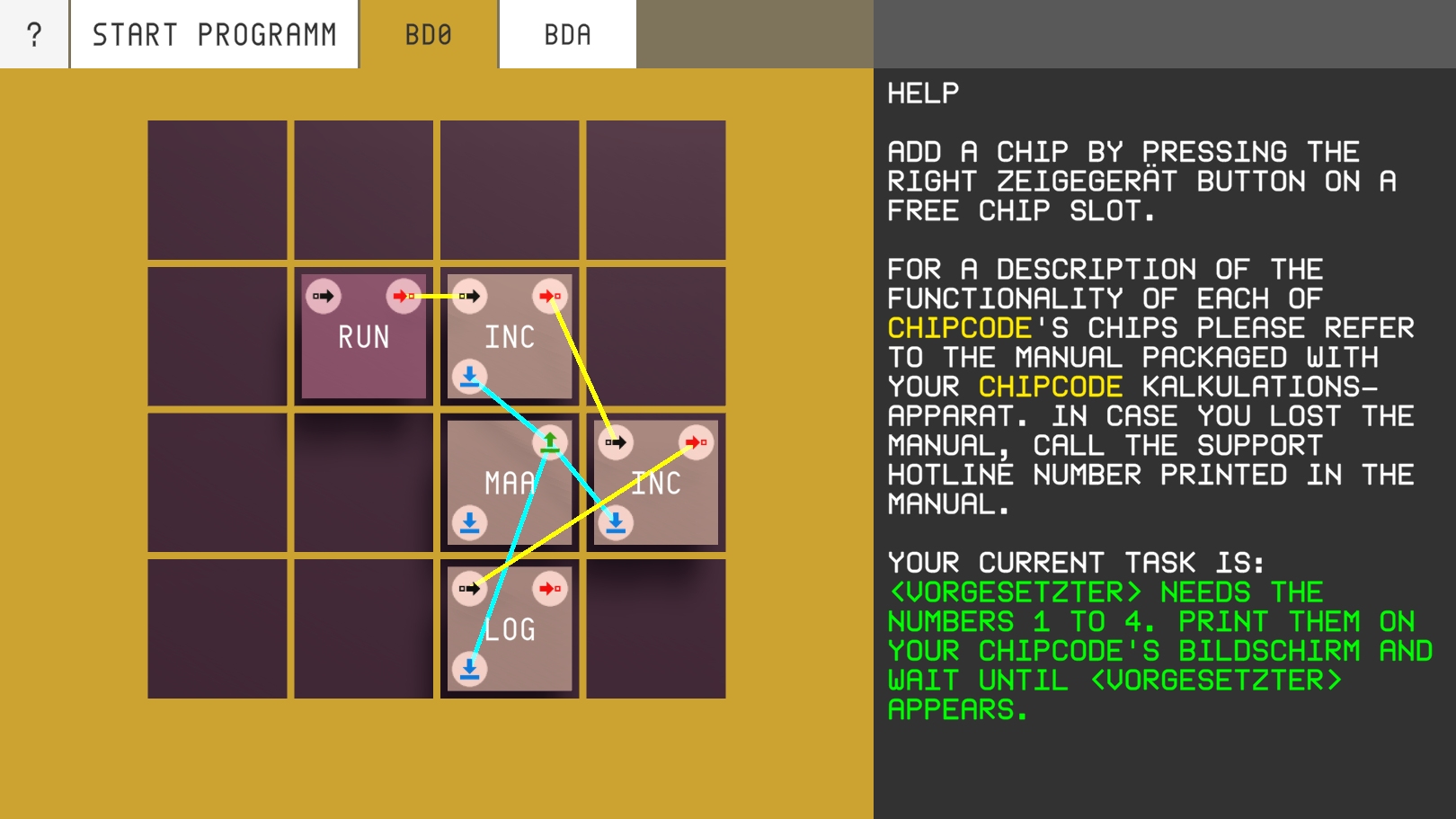CHIPCODE Mac OS
The 'classic' Mac OS is the original Macintosh operating system that was introduced in 1984 alongside the first Macintosh and remained in primary use on Macs until the introduction of Mac OS X in 2001. Apple released the original Macintosh on January 24, 1984; its early system software was partially based on the Lisa OS and the Xerox PARC Alto computer, which former Apple CEO Steve Jobs. Qualcomm is a leader in mobile chipset design and own a significant amount of intellectual property in CDMA, GSM, 3G, 4G, 5G (upcoming) chipset markets. QUALCOMM develops modem processors and application processors which support Windows Phone, Android, Firefox OS. This wiki is mainly to be used for QUALCOMM based chipsets related questions. The chart below may be used to type extended ASCII characters on the Mac from the keyboard. In addition, extended characters on the Mac are usually different than Windows because Windows used the ISO Latin-1 Character Set and the Mac uses the Roman character set. Typing an ASCII Character on the Mac.
Apple Code Signing Certificate Guide
Mac OS (and 9) Signing Code from the Command Line
Apple code signing is done from the command line using their (aptly named) codesign tool and should be very straightforward.
Chip Code Mac Os Catalina
Note: You can use a DigiCert Code Signing Certificate (standard and EV) to sign your Mac OS software, tools, updates, utilities and applications. However, if you want your apps to open on a Mac that has Gatekeeper enabled or want to distribute apps in the App Store, you need to create a developer ID to sign your Mac apps and installer packages; only Apple Developer code signing certificates are compatible with GateKeeper.

Chipcode Mac Os 11
Check Code Signing Certificate Installation
Make sure you've properly installed your code signing certificate to the Mac certificate store. If you used our easy installation tool, the certificate should have been imported to the certificate store through your web browser.
Do you have a .pfx version of the file? To install it, click the file and enter the .pfx file password.
Your certificate should appear in the My Certificates catagory of the Keychain Access Manager.
Run the Command
Once you have confirmed your certificate is properly installed, just run the command below.
codesign -s 'Your Company, Inc.' /path/to/MyApp.appDon't know the common name of your code signing certificate? You can find it in the Keychain Access Manager.
Select the certificate and find the common name field. You do not need to type the entire common name; type just enough to uniquely identify your certificate (this option is case sensitive).
Did you receive the 'CSSMERR_TP_NOT_TRUSTED' error?
You need to install an Intermediate certificate on your machine.
View the details of your code signing certificate and find the Issuer Common Name.
Download and install the Intermediate certificate that matches the Issuer Common Name (DigiCert Assured ID Code Signing CA-1 or DigiCert High Assurance Code Signing CA-1).
You should now be able to use codesign without receiving any errors.
Verify the Signature
You can verify the signature by running the command below.
codesign -v /path/to/MyApp.appCongratulations!
You should now have a freshly signed piece of code, ready to use.
Get code signing certificates for just $474/year